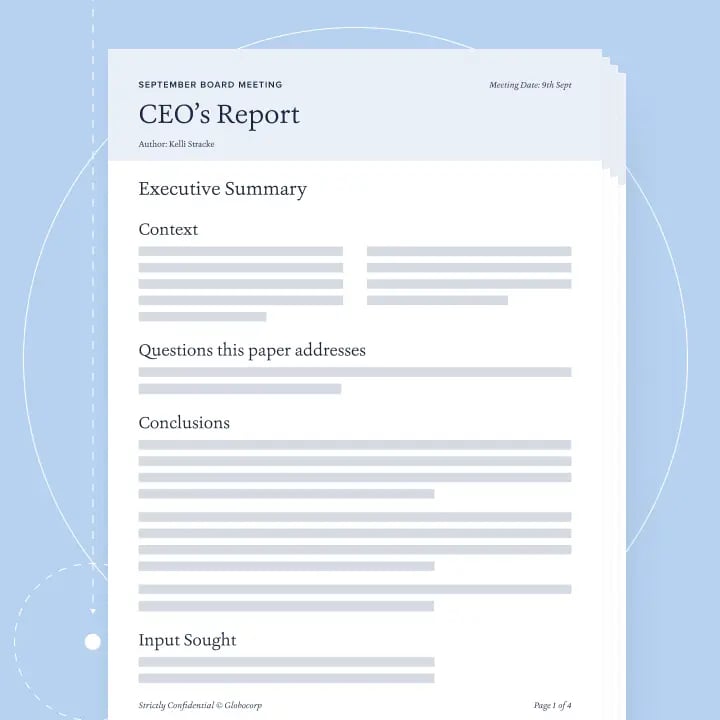Have you watched that scene in the UK sitcom “Fleabag” where the protagonist’s sister comes back from the hairdresser with a dodgy new haircut? “I look like a pencil!” she wails, and they march down to the salon to confront her stylist. The exasperated stylist presents them with the picture that he was told to use for “inspiration” when cutting her hair. And guess what? The picture shows a model sporting a very similar haircut.
Sure, a better hairdresser might have asked more clarifying questions before he started snipping. But would you agree that the client mainly has herself to blame? If she had been clearer about exactly what she wanted, she may well have escaped her disastrous haircut and left the salon with something more suitable.
The same principle applies when you get a disappointing report back from your writers. Sure, the report's author may have areas where they need to improve, and perhaps they could have come back to you with more clarifying questions. But can you honestly say that you gave them the clearest possible brief on what they needed to include in the report?
“The quality of your papers cannot be just the report writers’ responsibility — you need a structure that makes their success inevitable.” ~ Graham Donoghue, CEO, Sykes Cottages
The importance of briefing
Without a strong briefing process, a report writer is simply guessing at what needs to be included. This means you’ll likely end up with too much of the wrong information, or not enough of the data you need. Before you know it, you’re either going back and forth with the writer on multiple iterations of the paper, or worse, presenting your board with something that doesn’t hit the mark.
In other words, you end up with a bad haircut.
So, how can you offer clarity from the beginning and help report writers deliver the information your board needs most?
A quick guide to improving your briefing
We’ve worked with thousands of board members and executives to help drive high-quality board papers through effective briefing.
The first step we recommend is spending some time with your chair or chief of staff to outline your proposed questions for your brief.
Secondly, make sure that your brief:
- Asks the writer to outline what they are asking of the board in this paper.
- Does the board need to make a decision?
- Do they need to provide input on a discussion about a decision?
- Do they simply need to be aware of a decision that will be made in the future? - Poses questions that probe for a transparent and balanced answer, sharing the good, the bad, and the uncertain.
- Prompts the writer to include the “so what?” regarding this information — that is, what’s their insight?
After submitting your brief, allow the briefing process to become a dialogue, encouraging the writer to come to you with questions, and allow for enough time to rewrite your brief if needed.
Better papers: A definitive guide
If you want better papers from your writers, the onus is largely on you to give them clarity on what you need from them. But that’s not to say that your paper writers can’t also upskill themselves.
Our definitive guide to decision papers shares some practical tips for structuring board proposals, with a comprehensive checklist that will help improve the quality of their writing. Download your copy and share it with your team today.




-2.jpg?length=1200&name=offset_comp_574826%20(1)-2.jpg)